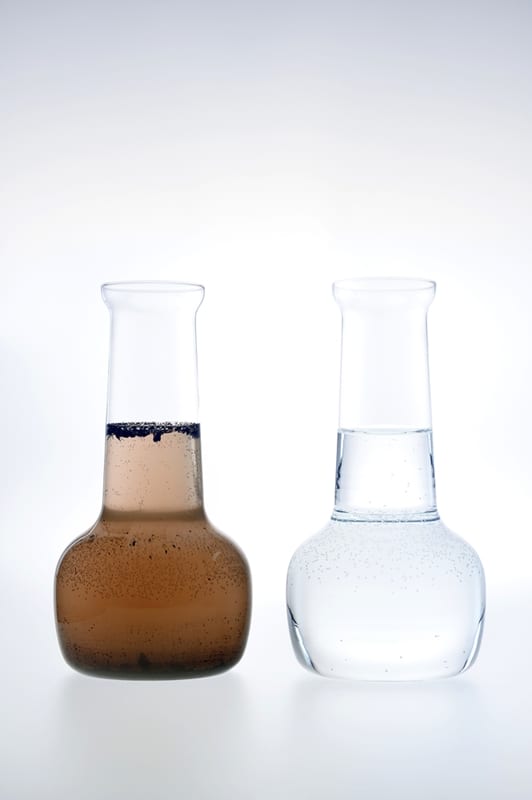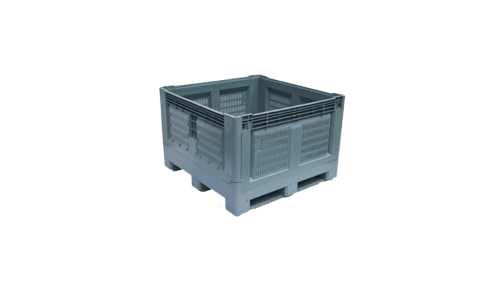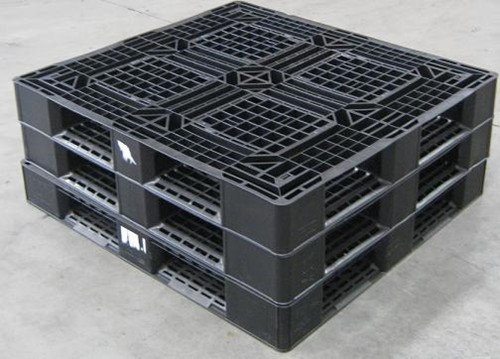Contamination is the bane of the food manufacturing industry. It has the potential to spoil goods and ruin batches, and in some cases have negative affects on human health and well being, should consumers come into contact with compromise goods.
Lurking like a shadow, the risk of contamination can not be eliminated, only managed. It comes in a variety of forms: biological, chemical and physical. Each can compromise the suitability and safety of food for public consumption.
However, choosing the right transportation material can help offset this risk by eliminating opportunities for contamination to take place. In this article we’ll look into why plastic pallets are the ideal transportation material for reducing biological, chemical and physical contamination.


1. Biological contamination
Biological contamination occurs when microorganisms or the toxins they produce compromise food products, which can cause adverse effects to consumers who ingest the contaminated product, according to the Australian Institute of Food Safety (AIFS).
In a previous article on cleaning plastic pallets, we looked at the importance of cleaning pallets for preventing bacteria and other microorganisms from coming into contact with goods and products. Wood pallets make excellent refuges for microorganisms, thanks to the cracks and crevices within the wood grain, and the subsequent difficulty of removing them. However, plastic pallets with their smooth surfaces make it hard for bacteria to gain a foothold, and can be much more easily removed when cleaning.
2. Chemical contamination
Plastic pallets, such as the ECO-1100 are nonreactive and will not absorb moisture or cleaning products.
Chemical contamination occurs when food products come into contact with harmful chemicals and can similarly negatively affect human health. Common sources for chemical contamination include cleaning products or pest control, according to AIFS.
Plastic pallets, such as the ECO-1100 are nonreactive and will not absorb moisture or cleaning products, which can then come into contact with food materials.
3. Physical contamination (foreign matter)
Perhaps most damaging from a customer relationship point of view, physical contamination from foreign bodies (including material such as glass, metal, dirt and wood) can cause injury to people who ingest them accidentally.
Choosing the right crates and pallets for the transportation of food products can dramatically reduce the chance of physical objects making their way into food material. Wooden pallets contain dust, nails and splinters that can come loose during transportation and contaminate food. Plastic pallets are much safer than wooden ones as they do not contain any loose parts – greatly reducing the risk of physical contamination.
To find out more about how plastic pallets can improve the quality of your food products, get in touch with the team at Eco Pallets Australia today.










Comments are closed.